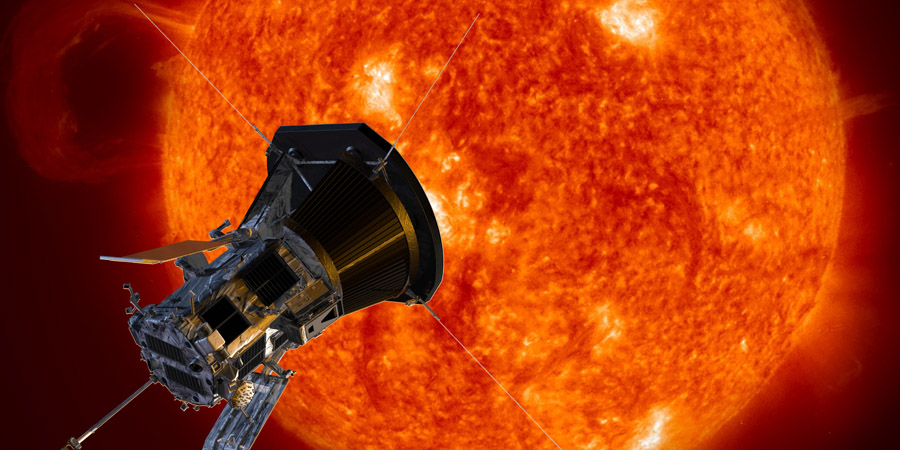NASA launches the Parker Solar Probe
Sunday, 12 August 2018 15:26 UTC

This morning at 07:31 UTC, NASA launched the Parker Solar Probe into space. While the launch was postponed on Saturday, everything went according to plan on Sunday and the Parker Solar Probe is now on it's way towards the Sun.
The Parker Solar Probe which is named after Eugene Parker, the American scientist that predicted the existence of the solar wind back in 1958, will come very close to the solar surface (closest approach of about 6.2 million kilometers) which is something that has never been done before. NASA hopes that the Parker Solar Probe will discover why the corona is so incredibly hot compared to the Sun's surface and what accelerates the solar wind.
What lies ahead for the Parker Solar Probe?
The trajectory of the Parker Solar Probe will include seven flybys of the planet Venus over nearly seven years. This is done to slow the Parker Solar Probe down and it will gradually shrink its elliptical orbit around the Sun. It's science mission will take place during those 7 years, focusing on the periods when the spacecraft is closest to the Sun. At closest approach, the Parker Solar Probe will achieve a temporary but incredible velocity of up to 200 km/s!
Header image: Artistic rendition of the Parker Solar Probe.
Thank you for reading this article! Did you have any trouble with the technical terms used in this article? Our help section is the place to be where you can find in-depth articles, a FAQ and a list with common abbreviations. Still puzzled? Just post on our forum where we will help you the best we can!
Latest news
Latest forum messages
Support SpaceWeatherLive.com!
A lot of people come to SpaceWeatherLive to follow the Sun's activity or if there is aurora to be seen, but with more traffic comes higher server costs. Consider a donation if you enjoy SpaceWeatherLive so we can keep the website online!

Space weather facts
| Last X-flare | 2025/03/28 | X1.1 |
| Last M-flare | 2025/04/01 | M2.5 |
| Last geomagnetic storm | 2025/03/27 | Kp5 (G1) |
| Spotless days | |
|---|---|
| Last spotless day | 2022/06/08 |
| Monthly mean Sunspot Number | |
|---|---|
| February 2025 | 154.6 +17.6 |
| April 2025 | 147 -7.6 |
| Last 30 days | 129.8 -18.9 |


